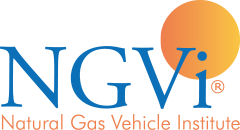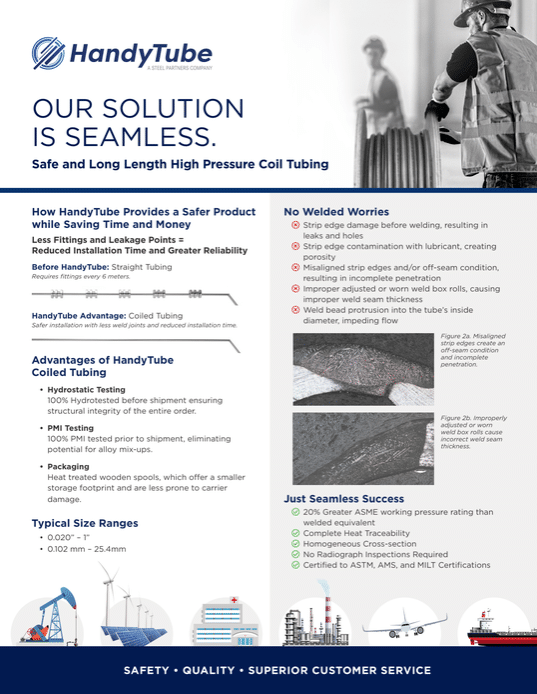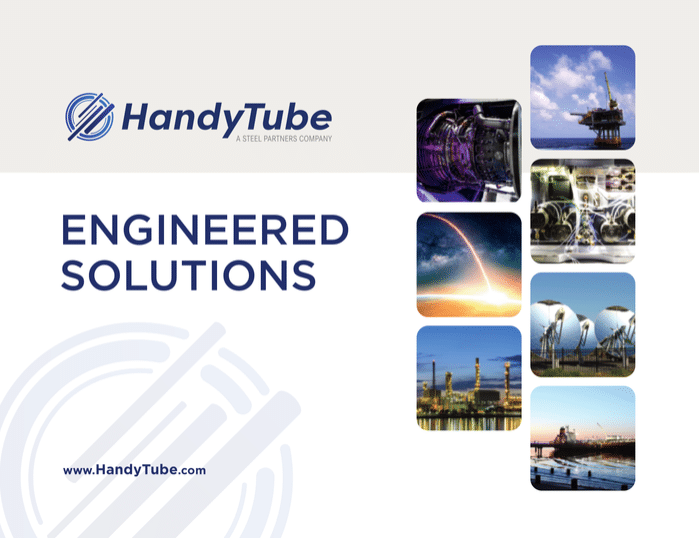
By Kasia McBride, Marketing Manager, NGVi
Recently, NGVi had the chance to sit down with Lindsay Wallace, Product Manager at HandyTube™ Corporation. An NGVi sponsor, HandyTube, a Handy & Harman Company, is a premium manufacturer of seamless, stainless steel and high-nickel coil tubing used within diverse industrial, manufacturing and research industries worldwide.
Can you provide a general background and company history about HandyTube? How did HandyTube emerge into the natural gas fueling industry?
HandyTube™ Corporation, a Handy & Harman Company, has been providing unique solutions for the flow of gas, steam and liquid in harsh environments since 1981. We are one of the only companies that produce seamless stainless steel and high nickel coil tubing in long lengths.
In 2013, HandyTube Corporation partnered with SSP, an American-made valve and fittings manufacturer, to develop a unique solution exclusively for CNG stations. At the beginning of the partnership, we realized the market was in need of tubing that could withstand high pressures and maximize flow associated with transporting compressed natural gas.
Our flexible manufacturing process allowed us to design a tube with a custom wall thickness and restricted outer diameter tolerances. This was the first step in conceptualizing SSP’s CNG Plus™ Tubing and breaking into the industry.
What are the main products offered by your company and what are your primary target markets?
HandyTube primarily services the offshore oil and gas and petrochemical markets with its Xtreme Length™ seamless stainless steel and high nickel alloy tubing. We specialize in the production of long continuous coils, which are 100% seam-free. Another target market for us is health care and life sciences. We recently developed Ultra-Small Diameter Tubing, which ranges in size from 0.0625″ to 0.020″ outer diameter, to service these customers.
Why should customers choose HandyTube? What are your competitive advantages?
Our customers frequently tell us that our Customer Service team goes above and beyond to make customers happy. We sell only high-quality products that provide value to our customers and we are very competitive on lead times. In addition, we provide some of the longest seamless coils in the industry. This solution greatly minimizes time and money our customers spend on installations. Our customers appreciate that. When you foster a “Do what you say you will do” attitude, your customers trust you. That is our goal.
Could you discuss the CNG Plus™ Tubing? Can you expand on the partnership between HandyTube and SSP in development of this product?
Our partnership with SSP has been fantastic. They are truly experts in the field. They work very hard to provide feedback to us straight from the customer, allowing us to continually improve our products. We were originally a tubing company partnering with a fittings company to solve a problem. The partnership has evolved so much in a year, and now provides a service that will take care of station design from beginning to end.
What is unique about your ½- and ¾-inch stainless steel tube product over that of your competition?
Our ½- and ¾-inch CNG Plus™ Tubing products were designed to meet the increasing pressure ratings of many CNG stations, while maximizing flow and minimizing potential for leaks. The wall thicknesses of these products are unique and exclusively manufactured by HandyTube™ for SSP. The restricted tolerances and higher molybdenum content is also a benefit that sets us apart from the competition.
Does using your ½- and ¾-inch stainless steel tubing products in the NGV market require any special tools?
Yes, SSP offers a complete package to its customers by providing not only the tubing and the tools needed to use it, but also other materials that may be required for station construction. For example, SSP developed a straightener that is delivered to the job site, which allows the long coils to be cut to exact lengths, minimizing waste, saving time and decreasing cost for our customers.
Is HandyTube proposing any larger stainless steel tube offerings in the near future to the NGV market?
HandyTube is researching the market to offer additional tubing products that will meet the growing needs of CNG station contractors.
What are the trends in the natural gas tubing sector? Are there any new developments?
Increasingly, CNG station constructors are looking for ways to avoid welding in the field, and maximizing flow at the dispenser. We’re seeing clients choosing to run dual ¾-inch tube lines instead of a single 1-inch welded pipe system because of the time savings. Many of the new CNG stations are additions to existing facilities, and they cannot shut down for weeks to accommodate welding crews.
We see that HandyTube has an ongoing commitment towards efficiency and ultimately customer satisfaction. Can you tell us more about your manufacturing strategies?
Lean manufacturing is the heart of our business. Implementing these strategies allows us to improve efficiencies and maximize quality. Lean manufacturing practices provide our customers with continuous improvements and profitable growth by eliminating waste, streamlining processes, reducing inventory and decreasing lead times.
Moving on to some more specific industry issues, what are HandyTube’s expectations for natural gas fueling in North America in the next few years?
The global CNG vehicle market is expected to reach 19 million units by 2018, so we hope for a steady increase in business over the next few years. Our expectation is to grow sales in this sector by 20% year over year.
Where do you see the biggest challenges for natural gas to gain market share in the transportation sector and how can those challenges be met?
Everyone knows the chicken and the egg theory when it comes to CNG, but limited refueling capability is a concern for consumers. There are over 1,400 natural gas refueling stations in the U.S. and over double that in Europe, but compared to the number of natural gas vehicles, it’s still an unbalanced ratio.
It’s estimated that over 50 billion dollars will need to go into this industry over the next 20 years to sustain infrastructure for the market to flourish. This will be a challenge for our market in the upcoming years, but nothing that we cannot handle.
What changes/opportunities do you foresee associated with increasing demand for CNG fueling stations?
Tax incentives and tax credits certainly help with getting CNG products to market. Education is also very important to make the public, especially fleet corporations, aware of the cost savings associated with CNG fueled vehicles.
How has the demand for natural gas vehicles and fueling shaped your company’s production? Has it changed its priorities?
We estimate a cumulative spending of $890 billion for CNG over the next 12 years. We have seen an increase in activity surround the natural gas sector. Our priorities have not changed. Our goal is to service our customers around the clock and provide products that allow for safer and faster installing of refueling stations.


